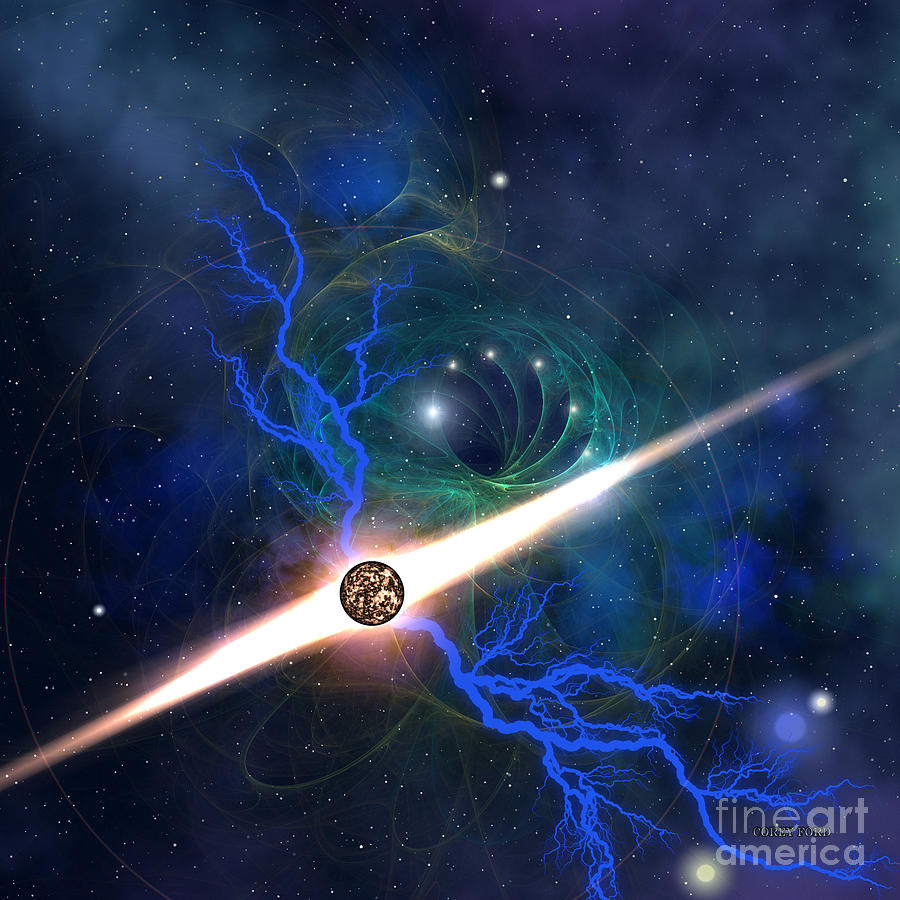


The hotter the object, the shorter the wavelength of the light emitted (shorter wavelength mean higher energy). The wavelength of the radiation depends on a number of factors, but the most important is the object's temperature. In fact, all objects at any temperature above absolute zero will radiate to some extent. You might be surprised to learn that everything around you is emitting radiation. The black squares absorb photons in the visible and the infrared part of the spectrum and then re-emit the energy as infrared photons. This is because the black region is absorbing more energy in the form of photons than the white region is absorbing.

The black squares will start to warm up then after a while, they will reach a new stable temperature that is higher than the nearby white squares. Solar energy that reaches Earth is composed of visible light (about 50 percent), infrared radiation (about 47 percent), and ultraviolet radiation (about 3 percent). The squares absorb different amounts of the solar energy. Imagine sunlight hitting a checkerboard made up of white and black squares. You will use an infrared thermometer to measure the emission of energy as infrared photons. In this science fair project, you will determine how color affects the absorption of radiant energy. Their color is determined by the color of light they do not absorb, since that is the light that hits your eye. Colored objects absorb some colors and not others. Objects that do not absorb any of these colors look white, and those that absorb all of these colors appear black. The visible part of the electromagnetic spectrum can be separated into different colors: red, orange, green, blue, and violet. Visible light is part of the electromagnetic spectrum. Approximate wavelengths and energies of visible light photons. Table 1 shows the wavelengths and energies of photons in the visible part of the electromagnetic spectrum. Infrared photons are invisible to our eyes, but can be detected as heat, and measured with an infrared thermometer. In the process, they re-emit the energy as infrared photons. What happens to the energy next? The electrons tend to return to the energy level they were at before they absorbed the photons, called the ground state. When sunlight hits a surface, such as your skin, the energy of many trillions of photons is changed from radiant energy to a form of electronic energy, in the sense of energy stored in electrons. It is transmitted from the photon, which disappears, to the electron, which now has increased its energy by 2.2 eV. When an electron absorbs the energy of a 2.2-eV green light photon, the energy of the electron increases by 2.2 eV. For example, a photon of green light carries energy in the range of 2.2 electron volts (eV). When a photon is absorbed by an electron, the electron jumps to a higher energy level. The absorption of light involves an interaction between photons, which are packets of light energy, and electrons, which are the negatively charged particles that whirl around atomic nuclei. The focus of this science fair project is how the color of an object affects its absorption of radiant energy. But in terms of the energy needed for life, it is the Sun that "makes the world go round"!

There are other important sources of energy in our world, including radioactive decay, which heats the interior of Earth, and gravitational energy, which powers the tides. You might think that the gasoline that makes your car run or the oil that heats your house are sources of energy that are not derived from the Sun, but in fact, the energy in gasoline and oil is really a form of stored solar energy, since the chemicals in gasoline and oil were created by plants, thousands of years ago, using the Sun as a source of energy. The energy stored in the food you eat can be traced back to the Sun, through the conversion of solar energy to chemical energy in the process of photosynthesis. Energy from the Sun warms the planet and keeps the global temperature within a range that allows life to flourish. From where does the energy around you come? Most of the processes that are critical for our day-to-day lives are driven by energy provided by the Sun.


 0 kommentar(er)
0 kommentar(er)
